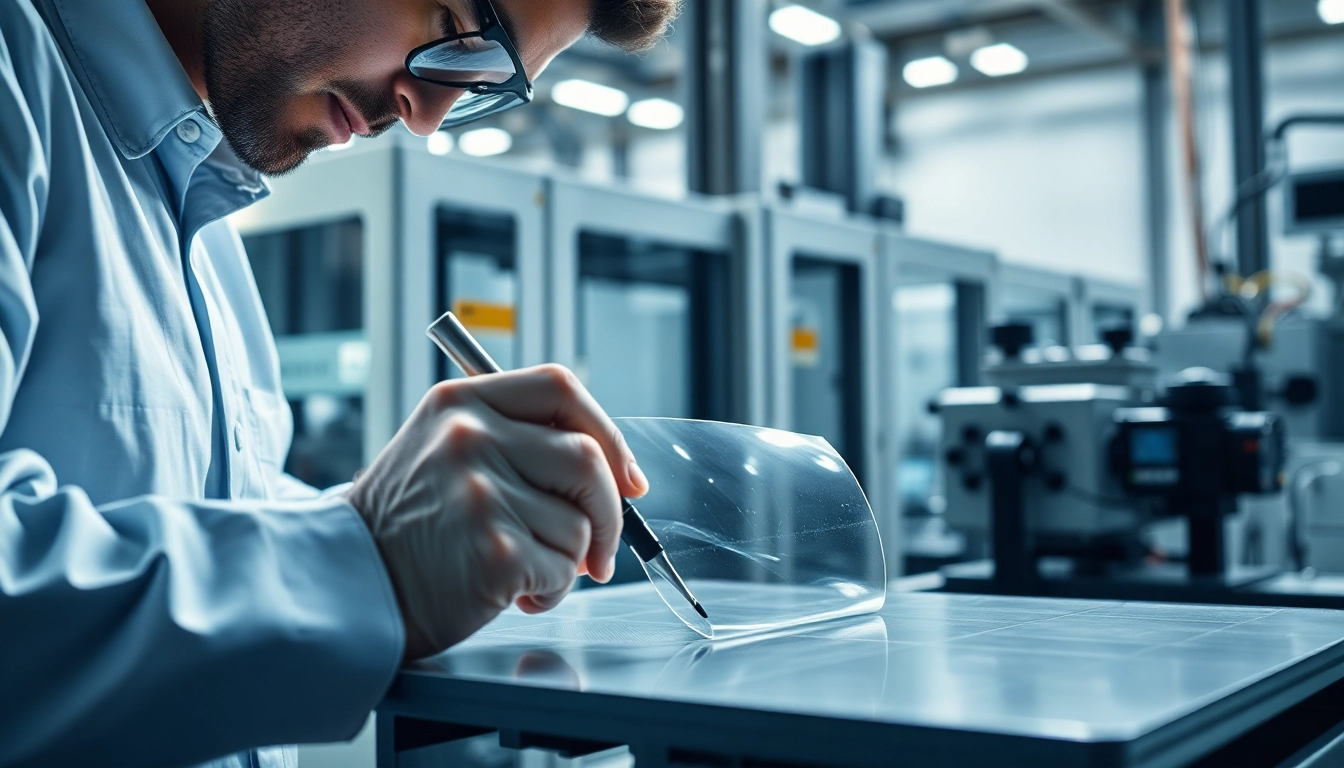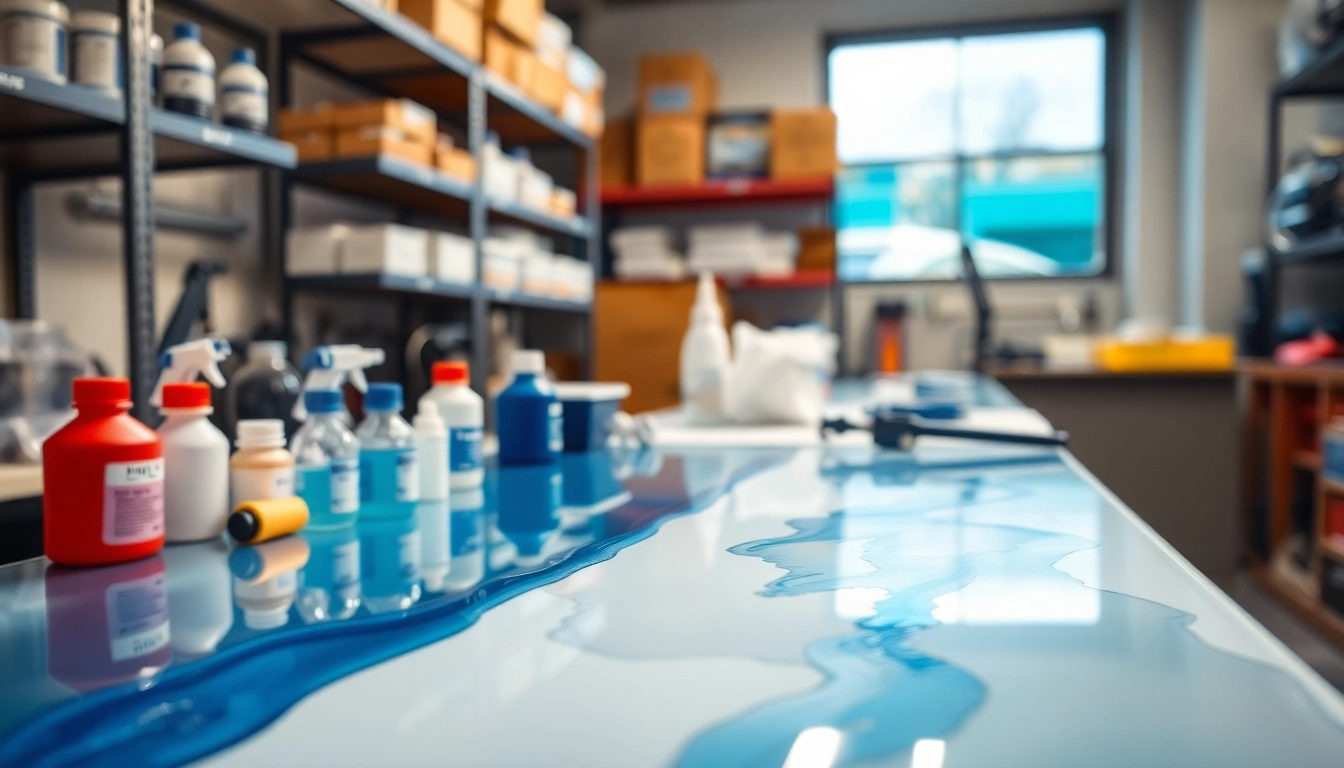Understanding Adhesive Films Impact on Composite Bonding
Adhesive films are transforming the way we approach composite bonding across various industries, including aerospace, automotive, and defense. These precision-engineered materials offer unmatched efficiency and durability. When simply put, adhesive films are solid layers of adhesive that are pre-formed on a carrier film. They are readily activated to bond surfaces when subjected to heat or pressure, paving the way for stronger and cleaner bondings. A deeper look at adhesive films can be found at adhesives films.
What Are Adhesive Films?
Adhesive films are specifically designed, thin layers of adhesive that provide superior bonding capabilities. These films are produced through a rigorous casting process, allowing them to maintain a uniform thickness and consistency. They are often classified according to their activation methods, such as thermal or pressure-sensitive, and can be tailored to meet specific application requirements.
Generally, adhesive films are part of composite materials, playing a crucial role in various applications from structural components to aesthetic finishes. The controlled thickness ensures that during processing, adhesive distribution remains even, which is critical in applications requiring load-bearing capacity.
Applications Across Industries
The versatility of adhesive films lends itself to wide-ranging applications across multiple sectors:
- Aerospace: Adhesive films are used for bonding structural components, offering reliability under intense pressure and temperature fluctuations.
- Automotive: They help in reducing noise and vibration, enhancing vehicle comfort while ensuring structural integrity.
- Defense: In military applications, the lightweight yet strong properties of adhesive films contribute to superior performance under extreme conditions.
- Consumer Electronics: They facilitate the assembly of various electronic devices, providing a clean aesthetic without compromising strength.
Benefits of Using Adhesive Films
The adoption of adhesive films brings numerous benefits, which include:
- Consistency: Precision casting results in uniform thickness, leading to consistent bonding results.
- Weight Reduction: Utilizing adhesive films often leads to lighter components compared to traditional bonding methods.
- Environmental Considerations: Many adhesive films are designed to be eco-friendly, contributing to initiatives aimed at sustainability.
- Ease of Use: The activation methods require minimal setup and training, simplifying application processes.
Types of Adhesive Films Available
Thermal Adhesive Films
Thermal adhesive films require heat to activate their bonding properties. They are particularly advantageous in environments where precise control of the bonding process is necessary. These films can withstand high temperatures and are ideal for applications that experience thermal cycling. Generally composed of advanced polymer matrices, they ensure strong interfacial bonding, making them a popular choice in the aerospace and automotive sectors.
Pressure-Sensitive Adhesive Films
Pressure-sensitive adhesive films can bond surfaces under pressure without the need for additional heat. They are used in situations where ease of application is crucial, such as in manufacturing or packaging processes. The ability to reposition these films before setting offers flexibility, which can be a significant advantage in complex assembly operations.
Specialty Adhesive Films
Specialty adhesive films are engineered for specific applications that require unique properties. Examples include films that withstand harsh chemicals or those designed for specific weight or thermal resistance. These films often use advanced formulations to meet the stringent demands of specialized sectors such as biomedical or telecommunications.
Key Features of High-Quality Adhesive Films
Strength and Durability
High-quality adhesive films exhibit excellent tensile strength and peel resistance. This ensures that once bonded, the materials remain intact under various stress levels. The durability often translates to longer-lasting adhesion, reducing the need for repairs or replacements, which is economically beneficial for manufacturers.
Temperature Resistance
A critical feature of adhesive films is their ability to resist extreme temperatures. This property is particularly essential in industries such as aerospace, where materials are subjected to varying temperatures. Thermal stability ensures that the bond remains intact, even when external conditions fluctuate.
Flexibility and Conformability
Quality adhesive films maintain flexibility, allowing them to conform to surfaces easily. This feature is particularly valuable in complex geometries where traditional bonding methods may fail. The enhanced conformability results in a better sealing effect and mitigates the chances of delamination.
Best Practices for Using Adhesive Films
Surface Preparation Techniques
Proper surface preparation is crucial for achieving optimal bonding performance. Ensure surfaces are clean, dry, and free from contaminants such as oil, dust, or oxidation. Depending on the adhesive film selected, additional treatments such as plasma cleaning or mechanical abrasion may be necessary to enhance the bonding surface.
Application Methods
Application methods can vary based on the type of adhesive film. For thermal adhesive films, precise control of temperature during application is crucial. In contrast, pressure-sensitive films can often be applied manually or automated, allowing for flexible integration into existing manufacturing processes. Ensure that the methods used do not introduce additional variables that could affect bond integrity.
Curing and Setting Procedures
Adhering to manufacturer-recommended curing times and conditions is essential. Misjudging curing times can lead to partial bonding, impacting the film’s performance. Whether utilizing heat or pressure activation, ensure that environmental conditions such as humidity and temperature are monitored to meet specifications.
Performance Metrics and Evaluation
Testing Adhesive Film Performance
To ensure that adhesive films meet performance expectations, systematic testing should be conducted. Common tests include peel strength, shear strength, and durability assessments under varying conditions. Testing parameters must align with intended application scenarios for accurate results.
Common Challenges and Solutions
The use of adhesive films may introduce challenges such as improper activation or adhesive bleed. To mitigate these issues, thorough training for application personnel and a detailed application checklist can be beneficial. Additionally, continuously monitoring the bonding environment will prevent these challenges from affecting overall quality.
Optimizing Bonding Strength Over Time
Over time, factors such as aging, environmental exposure, and mechanical stress can compromise bonding strength. Implementing routine inspections and maintenance protocols can extend the life of the bond. Practicing preventive measures alongside material testing allows for adjustments to be made proactively, maintaining operational integrity.



